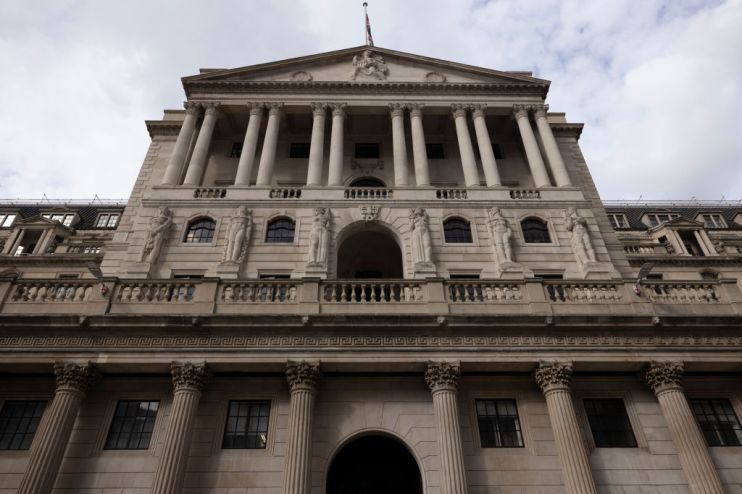Feeling the benefit: How will tax cuts impact welfare policy?

It’s no secret that the expected package of tax cuts to be announced in the Spring Budget will make the Bank of England’s job more difficult over the next few months.
But there’s another level on which the government’s economic plans could make containing inflation much more difficult, at least in the long run.
This relates to welfare policy. In recent years, cuts to the welfare bill have been the flipside of tax cuts and this is likely to be the case again in the Spring Budget.
To understand how welfare policy relates to inflation, you have to turn to the Bank’s most recent Monetary Policy Report.
In the report, the Bank noted that “there is some evidence that the efficiency with which vacancies are matched to those seeking work has decreased over recent years”.
The UK’s welfare regime is relatively punitive compared to international peers
In other words, employees are less well-matched to their jobs than they used to be.
The welfare regime
Why does this matter? It means the economy is not getting the most out of its resources.
This is particularly important when there are inflationary pressures because it makes it more likely that the economy will overheat.
The Bank itself didn’t offer any reason as to why the ‘matching efficiency’ of the labour market has decreased, but a popular theory is that the UK’s welfare system does not adequately support people who are out of work or looking to change jobs.
The argument is easy to summarise and makes intuitive sense. By taking away benefits from people who are not looking for a wide range of jobs or who reject jobs on offer, jobseekers are incentivised to take the first job that comes – irrespective of whether it’s a good fit.
The UK’s welfare regime is relatively punitive compared to international peers. According to the OECD, the UK spent just 0.12 per cent of GDP on unemployment support in 2021.
Among OECD nations, only Chile, Colombia and Denmark spend less.
Recently the government has tightened the criteria on welfare payments even more.
For example, in 2022 it reduced the time before claimants were required to broaden their job search to include any sector – no matter their skills or interests – from three months to four weeks.
In 2023, the government then announced a major overhaul of welfare policy as part of which claimants could be forced to accept a job or undertake work experience after a certain length of time.
While extra funding for mental health services was also announced, the government’s messaging pulled no punches.
“Anyone choosing to coast on the hard work of taxpayers will lose their benefits,” Jeremy Hunt said.
More is on the way too. Earlier this month, Rishi Sunak said: “The (welfare) system is not working as it was designed to work and now we are bringing forward reforms that will mean that we look at the eligibility for who is signed-off sick”.
Getting the right people.
These changes might push more people back into work, but they’re unlikely to push the right people into the right work.
As Henry Parkes, chief economist at the IPPR, explained: “Any such efforts might increase matching in the short-term but undermine our economy longer-term if people are pushed into low quality or precarious work.”
Many economists have argued that more generous unemployment insurance allows for greater matching quality and for higher wages when workers re-enter the workforce.
There is also a clear link to higher productivity if employees are well-matched to their roles.
Of course, there is a trade-off. If job seekers have more time and support to find work, then fewer jobs will be filled.
Make the welfare regime too generous and the incentive to work will also be dulled; many argue that the current system is particularly painful for people on less than full-time hours, effectively discouraging them from working more of them as their benefits are cut.
But the government may quickly face the law of diminishing returns if people continue to be forced into jobs for which they aren’t suited. Square pegs and round holes?